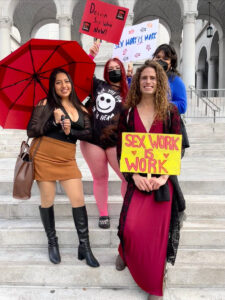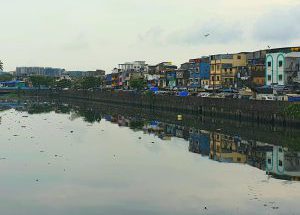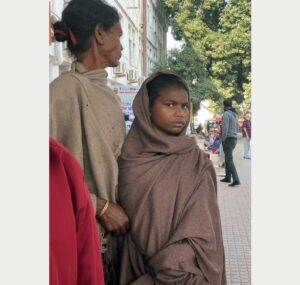
COVID-19 and spatial inequality: “Address discrimination” and biases worsen segregation for Mumbai’s slum residents

Sixty per cent of Mumbai’s 14 million inhabitants live in slums. They are no strangers to unequal access to water and sanitation, but the pandemic has shrunk their opportunities to find work and wages amid new forms of dispossession.
Photo by Kavitha Iyer Two cities have lived in Mumbai for centuries, a city inside a fort for the colonists and another outside where the natives lived. These coexisting, codependent towns were there when the first modern docks of Bombay replaced traditional fishing harbors to give colonial business interests a flourishing seaport. These two disparate sides were still there when, decades later, historians gave Bombay the tag of urbs prima in Indis (the first city in India). Writing a foreword in 1876 to the second edition of his Guide To Bombay, British journalist James Mackenzie Maclean said he was adding, among other revisions, a schedule for outbound steamer ships from the city’s port after a friendly critic had pointed out a central failing in the first edition — visitors to Bombay were chiefly interested in how to get out. Two decades later, the bubonic plague arrived in Bombay on board merchant ships from further…
Related Posts


Donald Trump’s Master Economic Plan I Opinion by Yanis Varoufakis




